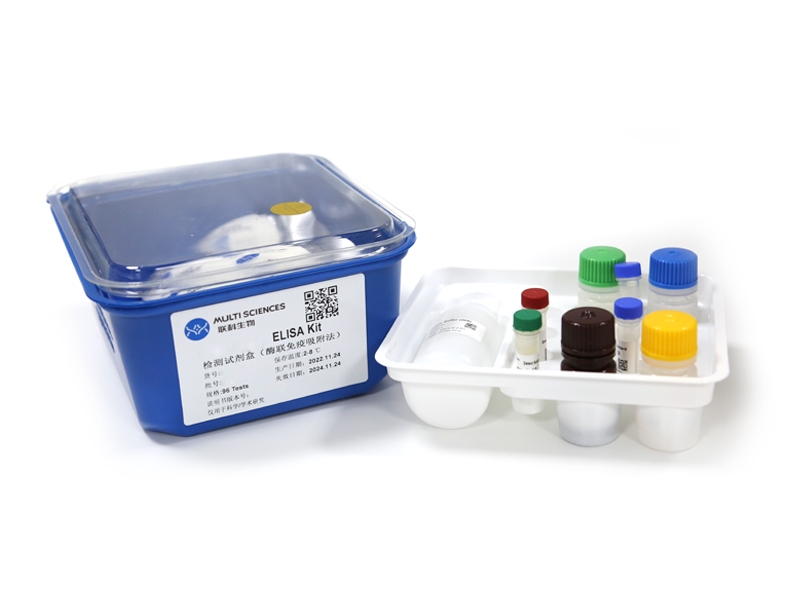MicroRNA-34a (miR-34a) behaves as a tumor suppressor by decreasing the expression of oncogenes involved in multiple carcinogenic pathways. Intravenous delivery of miR-34a mimics has been investigated in clinical trials as a potential treatment for advanced cancers; however, the effect of miR-34a on cancer immune surveillance is controversial. In the current study, we found that miR-34a plays a dual role in the regulation of major histocompatibility complex class I-related sequence B (MICB) protein, a ligand of the NKG2D receptor. MiR-34a could both induce and reduce MICB expression by upregulating ataxia telangiectasia and Rad3-related (ATR) protein kinase and downregulating the transcription factor E2F1, respectively. The net effect of miR-34a on MICB expression depended on endogenous E2F1 levels. Overexpression of miR-34a promoted MICB expression in hepatocytes and hepatocellular carcinoma (HCC) cells that have low E2F1 levels but not in HCC cells that have high E2F1 levels. In HCC patients, the expression of miR-34a and MICB showed positive correlation in paratumor liver tissues, which have low E2F1 levels, but not in HCC tissues, which have high E2F1 levels. We showed that miR-34a overexpression in non-transformed liver cells enhanced cytolysis and interferon-γ production by NK-92MI cells. Furthermore, higher miR-34a expression in tumor and paratumor tissues was associated with positive and negative outcomes, respectively, in HCC patients. Our findings suggest that miR-34a induces MICB expression in paratumor liver tissues, which may cause liver damage and serious cytokine release syndrome, thus disclosing potential side effects of systemic administration of miR-34a in anticancer therapy.
文章引用产品
-
-
- EK180
- ELISA试剂盒
Human IFN-gamma ELISA Kit检测试剂盒(酶联免疫吸附法)
-
¥1,600.00 – ¥10,800.00
-
- EK180
- ELISA试剂盒
Human IFN-gamma ELISA Kit检测试剂盒(酶联免疫吸附法)
- ¥1,600.00 – ¥10,800.00



